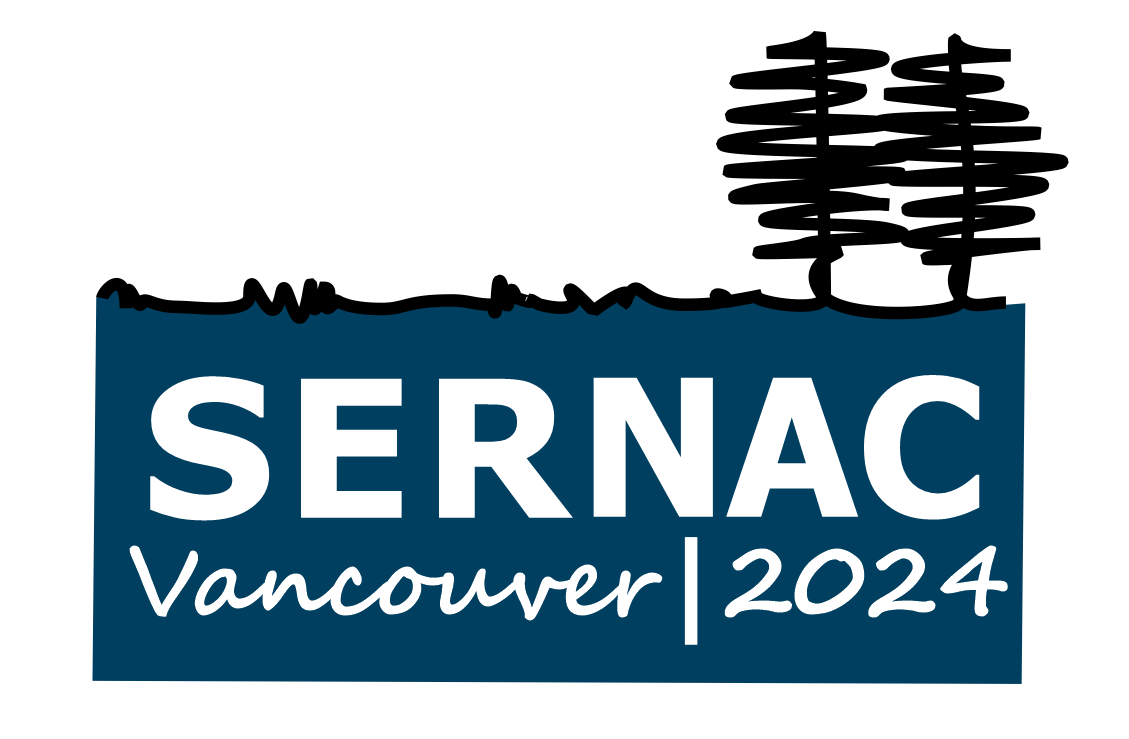Date: 28 October 2024
Time: 9:00 a.m. – 5:00 p.m.
Price: $100 CAD
Workshop Summary
This full day workshop with field trip will provide a comparative analysis between traditional erosion monitoring techniques and dendrogeomorphology, including a statistical analysis to identify specific parameters which impact erosion rates. The workshop will demonstrate how dendrogeomorphology can be used by attendees to develop infrastructure protection plans and sediment management control decisions.
Dendrogeomorphology is a technique using tree root anatomical structure to quantify erosion rates along stream banks. This method, a sub-discipline of dendrochronology, has been adapted from a prediction tool for measuring hillside sediment transport to a tool to measure streambank erosion rates. Existing methods to measure fluvial erosion rates are plagued by replication error, poor data quality, long time lapses or expensive technologies. Dendrogeomorphology allows the practitioner to calculate an annual erosion rate immediately and without expensive equipment. The objective of this workshop is to teach attendees how to collect samples in the field, explain how a tree root’s anatomical structure changes when exposed by streambank erosion, construct an annual erosion rate using the roots collected in the earlier portion of the workshop, and discuss how dendrogeomorphology data can be used to derive regional erosion curves through the review of fluvial erosion data from approximately previously collected data.
In this workshop, attendees will learn about:
- How streambank and hillslope erosion can threaten infrastructure, water quality, ecological diversity, and cause flooding. (Classroom based, 1 hour)
- Data collection, including how to classify stream banks using Bank Erosion Hazard Index (BEHI), how to structure data collection in the field, and how to collect data by establishing best practices. Attendees will collect data along a local stream reach, which will be identified prior to the workshop. All required permits and permissions for the field site will be collected prior to the workshop. Alternatively, the session organizers can collect roots from a local stream and provide them to the attendees for use in the remaining parts of the session. (Classroom (1 hour) and field based (2 hours))
- Root anatomical structure before and after exposure from erosion, identify key areas of focus based upon tree species, and allow attendees to prepare and analyze roots collected during the previous activity to calculate an annual erosion rate for the stream reach. (Classroom based, 3 hours)
- Determine how to apply root dendrogeomorphology for risk assessment, site prioritization, and long-term sediment modeling at the watershed level (Classroom based, 1 hour)
